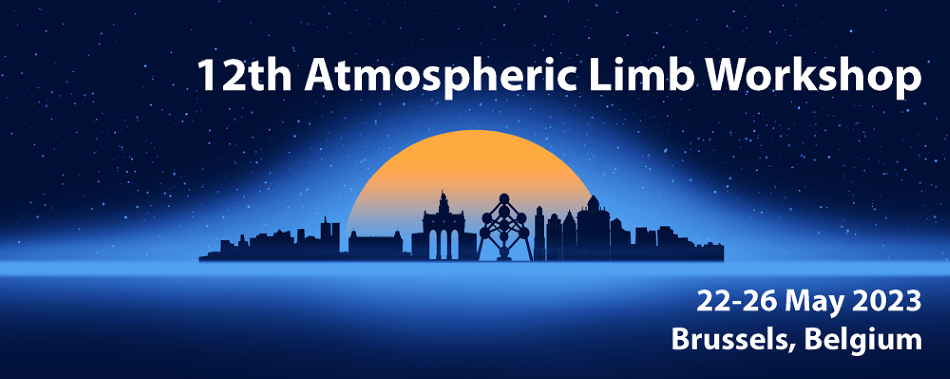Speaker
Description
Aerosols are present in the atmosphere of Mars and have a major effect on it. They are mainly composed of dust, water ice and CO2 ice. Dust is confined to lower altitudes during the aphelion season and can reach higher altitudes during the perihelion, especially during dust storms that frequently arise on Mars. These storms can sometimes grow up to cover the entire planet and are then called global dust storms. They have important consequences on the atmosphere as dust will heat the atmosphere and change its composition.
The NOMAD (“Nadir and Occultation for MArs Discovery”) spectrometer suite onboard the ExoMars Trace Gas Orbiter (TGO) is composed of three spectrometers. In this work, we will use the UVIS channel in occultation mode. With this channel we will derive the size of the particle and study the climatology.
Using only the spectral range of UVIS, the dust, water ice and CO2 ice cannot be differentiated because the three aerosols have similar spectral features in the UV-visible. However, it is possible to distinguish the particle size. Dust represents the majority of the aerosols present in the atmosphere, therefore only dust will be assumed in this work. Detection of CO2 and water ice will be investigated in a future work
We observe three different spectral features characteristic of dust in the UV. Large particles above 1.2 micron show a relatively flat spectra, while oscillations seem to characterize the medium particles between 0.5 and 1 micron, particles smaller than 0.5 micron are characterized by a spectral slope.
Knowing the size of the grain, the vertical profile are key elements to understanding its radiative property. The result will also show the climatology of the dust and several vertical profiles.

